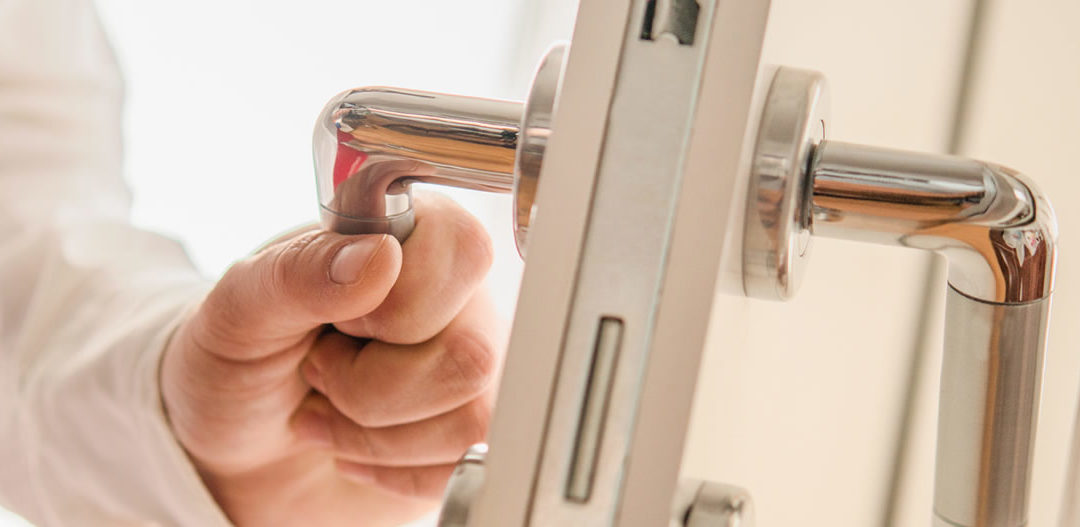Its the age old question, whats better to better for my house, ye old classic wooden door or the mighty modern UPVC Door? Many of my customers ask me this so here are my thoughts.
Battle 1. Maintenance.
Wooden Door: A wooden door requires sanding and painting every few years or it will eventually become victim to moisture and begin to swell up and require sanding.If looked after, it can last a life time. If not looked after, it can go down hill pretty quick. On the plus side, if you scratch a wooden door, you can simply use a bit of filler and paint to go over the scratch or dig.
UPVC Door: A UPVC door requires no care and attention other than a regular clean but nothing as daunting as painting it. However, UPVC doors generally fall victim to heat and tend to swell in the summer, this sometimes causes the door to drop if it has panels as the panels have packers fitted in tightly around them, but over the years, a combination of the door swelling and shrinking, and the door being slammed can make the packers move about and cause the door to drop. Equally, the hinges which are adjustable can very slowly move out of position also causing the door to drop. Therefore, if you dont know how to maintain your door, it may look nice with little attention needed, but you will have to adjust it once in a while to keep it in check.
Verdict. Winner is the Wooden door.
Battle 2. Security.
Wooden Door: Normally fitted with 2 x locks. A Nightlatch and a Mortice Deadlock. This door has 2 x locks that need to be opened in order to enter. Mortice locks are very well designed and only a well trained locksmith can get you through one of these. However, not many people tend to use their mortice lock of a night leaving their door vulnerable. However, a burglar from the outside cannot tell if this lock is on or not. They will probably look for another way to gain entry because it will be too noisy.
UPVC Door: Fitted with a multipoint lock normally consisting of 3 to 7 locking points that fire into the frame once the lever handle is operated. If the key is turned to the locked position, the handle cannot be pulled down again and the door is secure. If a burglar was to test your handle on the outside of the door, and he finds that the handle does not pull down, he knows that the lock is on and he may as well look for another entrance. However, if the lever has not been lifted and the door is not fully locked, the burglar may be able to determine if the locking mechanism is fired, because the handle will be floppy on the outside. As the material of the door is

